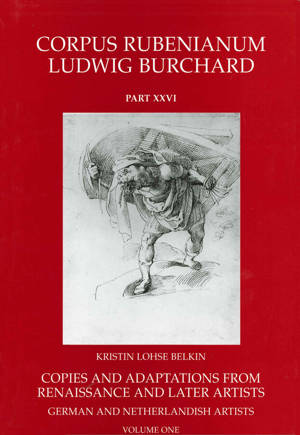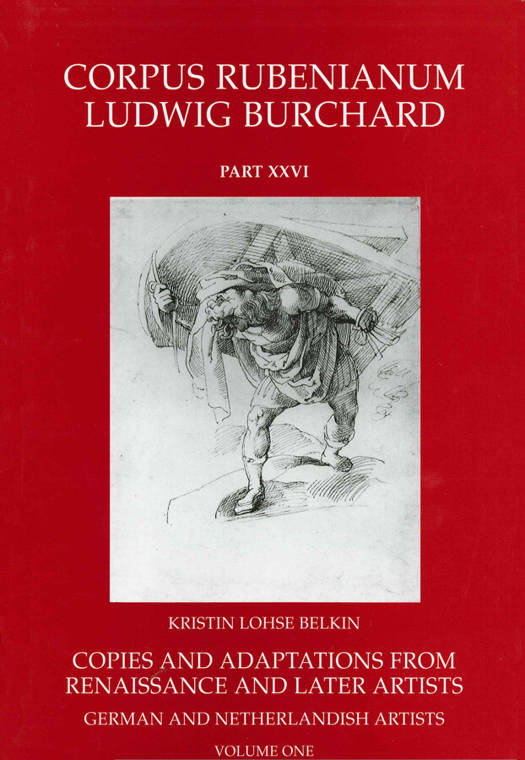
Door een staking bij bpost kan je online bestelling op dit moment iets langer onderweg zijn dan voorzien. Dringend iets nodig? Onze winkels ontvangen jou met open armen!
- Afhalen na 1 uur in een winkel met voorraad
- Gratis thuislevering in België vanaf € 30
- Ruim aanbod met 7 miljoen producten
Door een staking bij bpost kan je online bestelling op dit moment iets langer onderweg zijn dan voorzien. Dringend iets nodig? Onze winkels ontvangen jou met open armen!
- Afhalen na 1 uur in een winkel met voorraad
- Gratis thuislevering in België vanaf € 30
- Ruim aanbod met 7 miljoen producten
Zoeken
Copies and Adaptations from Renaissance and Later Artists
German and Netherlandish Artists
Kristin Belkin
€ 334,95
+ 669 punten
Omschrijving
Rubens studied his own artistic heritage. In his early youth he copied German illustrated books, such as Holbein's Dance of Death, Tobias Stimmer's Bible (1576), Jost Amman's Flavius Josephus (1580) and the immensely popular Petrarch edition with woodcuts attributed to Hans Weiditz (1532). He also made drawings after engravings by Hendrick Goltzius (1596-97) and Johannes Stradanus (1589).These copies fall into Rubens's youth or the years immediately following his return to Antwerp. In later years, he occasionally copied from the paintings of his predecessors and compatriots, but he preferred to retain their compositions and designs by collecting and retouching their works.He reworked drawings by German masters such as Hans Holbein the Younger, Hans Suss von Kulmbach and several artists from the school of Durer. Sheets of Netherlandish masters were retouched by Rubens: Cornelis Bos, Bernard van Orley, Pieter Coecke van Aelst, Michiel Coxcie, Aertgen and Lucas van Leyden, Jan Swart van Groningen and Marten van Heemskerck. He also painted copies from works by artists such as Hans Holbein, Quinten Massys, Willem Key, Joos van Cleve, Jan Vermeyen and Adam Elsheimer.Although no direct copies by Rubens after Pieter Bruegel the Elder are known, his late landscapes and genre scenes betray a profound influence from this great Flemish predecessor. He owned a number of drawings and paintings of peasant festivities with their accompanying scenes of drunkenness and brawls. It is in this category of works that we encounter all but one of the surviving Northern paintings retouched by Rubens. Among the Netherlandish paintings retouched by Rubens listed in seventeenth-century Antwerp inventories but no longer identifiable, at least one is also of a low-life subject: a Brothel Scene, possibly by Marten van Cleve.
Specificaties
Betrokkenen
- Auteur(s):
- Uitgeverij:
Inhoud
- Aantal bladzijden:
- 600
- Taal:
- Engels
- Reeks:
Eigenschappen
- Productcode (EAN):
- 9781905375387
- Verschijningsdatum:
- 15/03/2009
- Formaat:
- Genaaid
- Afmetingen:
- 183 mm x 267 mm
- Gewicht:
- 2290 g

Alleen bij Standaard Boekhandel
+ 669 punten op je klantenkaart van Standaard Boekhandel
Beoordelingen
We publiceren alleen reviews die voldoen aan de voorwaarden voor reviews. Bekijk onze voorwaarden voor reviews.











